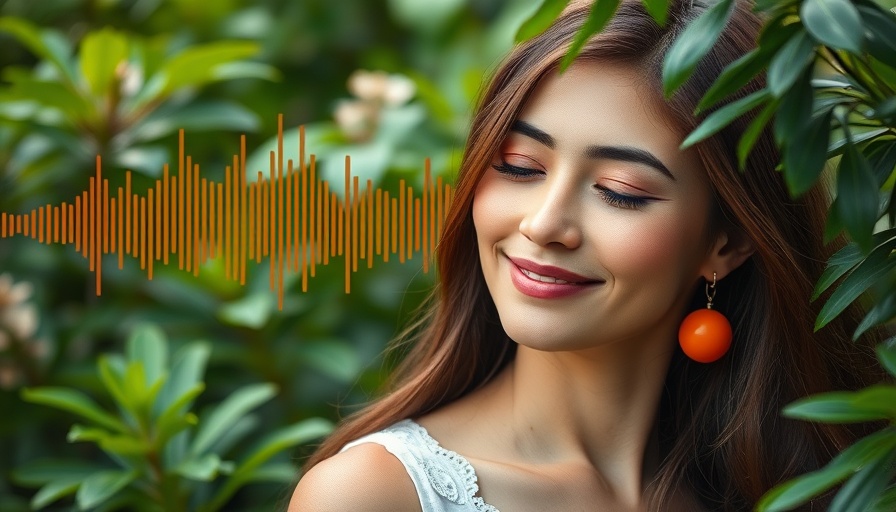
Understanding the Flow State: Connecting Mindfulness and Engagement
In a world where distractions are omnipresent, understanding how to access the flow state becomes a game-changer for our mental well-being and productivity. Flow, as defined by psychologist Mihaly Csikszentmihalyi, is that magical moment when you become completely immersed in an activity, transcending the mundane to experience true joy. This heightened state of being is not just for athletes or creatives; it can be accessed by anyone, anywhere. Imagine being so engaged in your work or an exciting hobby that the rest of the world fades away. This is the essence of flow.
The Parallels Between Mindfulness and Flow
Both flow and mindfulness emphasize the importance of being present. While mindfulness focuses on cultivating awareness in every moment—whether during relaxation or mundane tasks—flow represents a specific mental state in high-demand activities. Athletes like Greek tennis champion Stefanos Tsitsipas have described flow as feeling liberated and instinctively wise in their decision-making, illustrating how the pressure of a competitive environment can paradoxically unlock a deeper sense of freedom and enjoyment.
How to Cultivate Your Flow State
Accessing flow might require intentional practice. It begins by managing competing interests—especially in a world where instant gratification tempts us at every turn. To achieve flow, seek out activities where your skillset and the challenge level are perfectly matched. Whether you’re giving a presentation at work or reading a bedtime story with your child, focus on proactive engagement rather than passive participation. By drowning out internal dialogue and external distractions, we set the stage for flow.
Your Personal Journey to Flow: Real-Life Experiences
Engaging in personal narratives can illustrate how universal the flow experience is. Take, for instance, a mother's enchanting story of sharing a love of reading with her daughter. This simple act transforms mundane moments into opportunities for flow, demonstrating that even everyday interactions can transform into profound experiences of fulfillment and joy. Having such experiences, regardless of one’s background or occupation, leads to a greater sense of connection and achievement in daily life.
Countering the Fear of Missing Out (FOMO) with Flow
In our ever-connected society, FOMO is a prevalent issue that pulls our attention away from what truly matters, detracting from our ability to engage fully in the present. The irony is that as we become increasingly preoccupied with what others are doing, we may inadvertently miss out on our own flow experiences. Disengaging from social media and grounding ourselves in activities that foster flow can create a healthy balance, helping us to feel more fulfilled and present.
Practical Tips to Enhance Your Flow Experience
To actively nurture flow, consider incorporating the following into your routine:
- Set Clear Goals: Whether you are exercising or working on a project, having achievable goals will direct your focus.
- Simplify your Environment: Eliminate distractions that compete for your attention.
- Practice Regularly: Just as with any skill, the more you engage in activities that lead to flow, the better you will become at accessing that state.
By employing these strategies, flow can become a more achievable state in your daily life, enriching your experiences and enhancing your overall well-being.
Take the Next Step
Understanding how to cultivate flow is about more than optimizing time; it’s about inviting joy and fulfillment into your life. The journey towards flow can provide deeper insights into not only what you do but why you do it. As you explore how to access this powerful state of being, remember to embrace the present moment fully. What will you engage in today that could lead you to a flow state?
. Add Row
Add Row  Add
Add 




Write A Comment